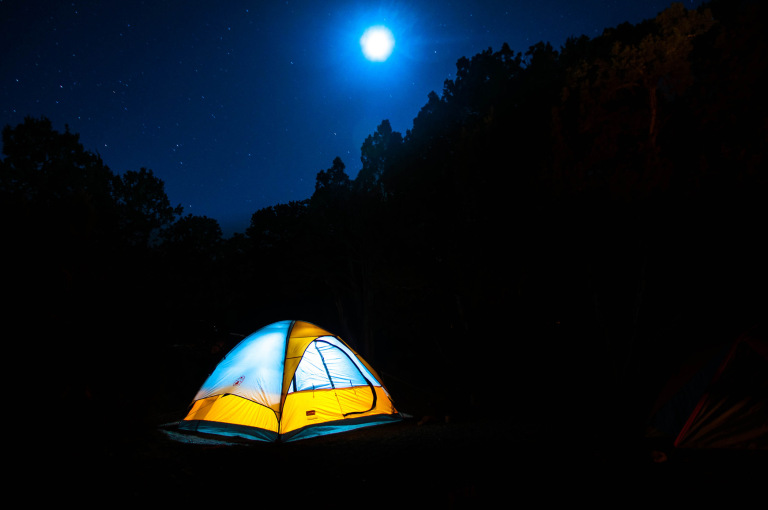Monterey Bay Fish Report for 3-9-2017
California Camp Meat Act?
Monterey Bay

by Carrie Wilson
3-9-2017
Website
Question: I wonder if you could settle the subject of a discussion. Recently, I mentioned in camp that it was legal in California to kill “camp meat” under certain prescribed rules. For instance, if there were 10 men in camp for 11 days or more (perhaps 11 men, 10 days), then they could kill any one deer for “camp meat.” Such meat must be prepared and consumed in camp and no meat could be removed from the camp’s vicinity. All of my friends flatly stated no such law existed, or ever had.
I am almost certain that such a law was in effect up until at least the 1970s, dating back to the late 1800s. Could you tell me the current standing of said act, correct wording, whether or not it is still in effect, or when rescinded, if it ever was? (Tom W., SoCal)
Answer: We checked Fish and Game Code books from the 1930s, 1940s and 1950s, and they all require a tag when taking deer in California. We couldn’t find any reference to “camp meat” or the ability to kill deer strictly for camp meat purposes. In California, at least, we believe this law never existed.
Lobster limits with a multi-day permit?
Question: What’s the total number of lobsters a recreational fisherman is allowed to possess? A friend contends that with a three-day multi-day permit purchased from the California Department of Fish and Wildlife (CDFW) that the limit is 21 lobsters (three days times seven lobsters). My understanding from reading the regs is that it is never to exceed seven legal-sized lobsters. If so, why do they sell a multi-day permit? (Bill P.)
Answer: Multi-day permits may be issued to fishermen who will be away from the mainland continuously for three or more consecutive days, including a minimum period of 12 hours or more at sea on the first and last days of the trip (California Code of Regulations Title 14, section 27.15). In addition, the permit prohibits berthing or docking within five miles of the mainland shore. The usual lobster bag limit is seven lobsters per person unless the person has secured a multi-day permit prior to their trip. Daily bag limits always apply for these trips. With this permit, if the person is away from the mainland at sea for at least three days, they can take and keep up to three days of lobster bag limits (3 x 7 = 21) like your friend said. The person may then retain those 21 lobsters in their possession but should keep the approved permit with those lobsters until at least two of the bag limits (14) are consumed or gifted.
Why fish Dungeness crabs at 200 feet?
Question: Why in Monterey Bay must we set pots at 200 feet or deeper to catch crab? (Rick B.)
Answer: There are no regulations requiring you to fish your pots at a certain depth, you’ll just need to figure out what that best depth is. Adult, legal-size Dungeness crabs are often found in deeper water. You should check with other crabbers to see what depths they are finding success in. It changes all the time. I just spoke to a commercial crabber this weekend and he’s fishing his traps from 150 to 500 feet. (100)
Live marine rocks for home aquarium?
Question: Is it legal to take any marine life or rocks from the California coastline for use in an in-home aquarium? (James H.)
Answer: Finfish may not be transported alive from the water where taken, except under the authority of a scientific collecting permit or a marine aquaria collector’s permit. The removal of “live rocks” (rocks with living marine organisms attached) is also prohibited in many areas, including federal marine sanctuaries, state marine protected areas and state parks. Also, only the following tidal invertebrates may be taken in any tidepool, where not otherwise prohibited: red abalone, limpets, moon snails, turban snails, chiones, clams, cockles, mussels, rock scallops, native oysters, octopuses, squid, crabs, lobsters, shrimp, sand dollars, sea urchins and worms (except that no worms may be taken in any mussel bed). All legal size limits and possession limits must be followed and a fishing license must be in possession in order to take. All other tidal invertebrates may only be taken outside 1,000 feet seaward from the high tide mark.
Please note that most of the smaller rocks exposed and surrounded by water above mean high tide are within the California Coastal National Monument – where all objects, including rocks, are protected and it is prohibited to collect or remove them or organisms on them.
Carrie Wilson is a marine environmental scientist with the California Department of Fish and Wildlife. While she cannot personally answer everyone’s questions, she will select a few to answer each week in this column. Please contact her at CalOutdoors@wildlife.ca.gov.
More Reports
Nimbus Hatchery Releases 420,000 American River Steelhead
American River
3-9-2017
Nearly a half million young steelhead recently started their journey to the ocean, thanks to the California Department of Fish...... Read More
Nonlead Ammunition required for CA 2017 spring wild turkey seasons

3-6-2017
The California Department of Fish and Wildlife (CDFW) is reminding hunters that nonlead ammunition is now required statewide when hunting...... Read More

Website Hosting and Design provided by TECK.net